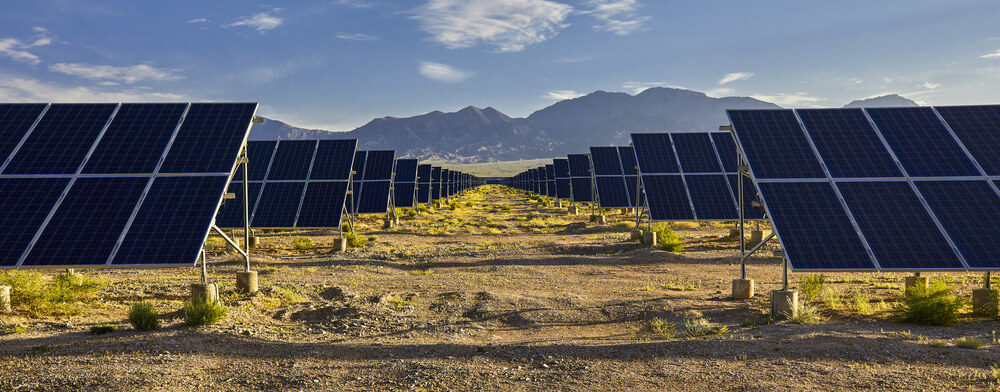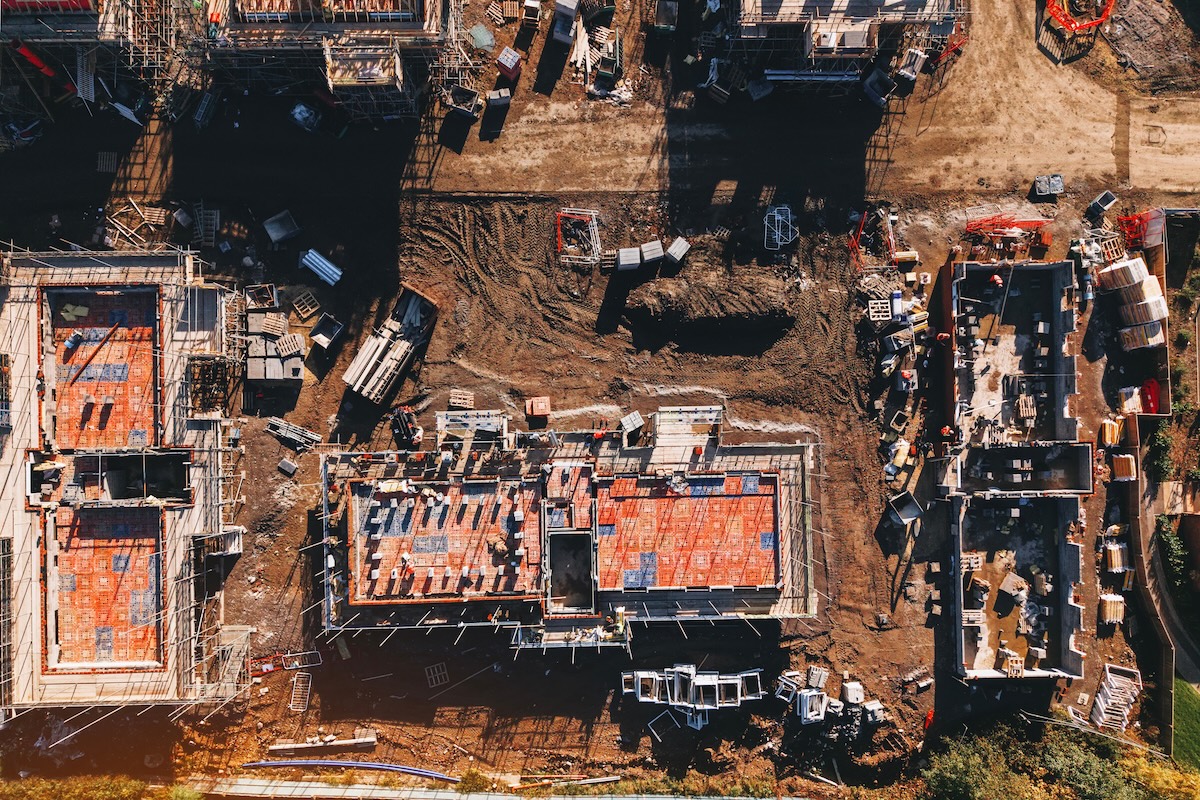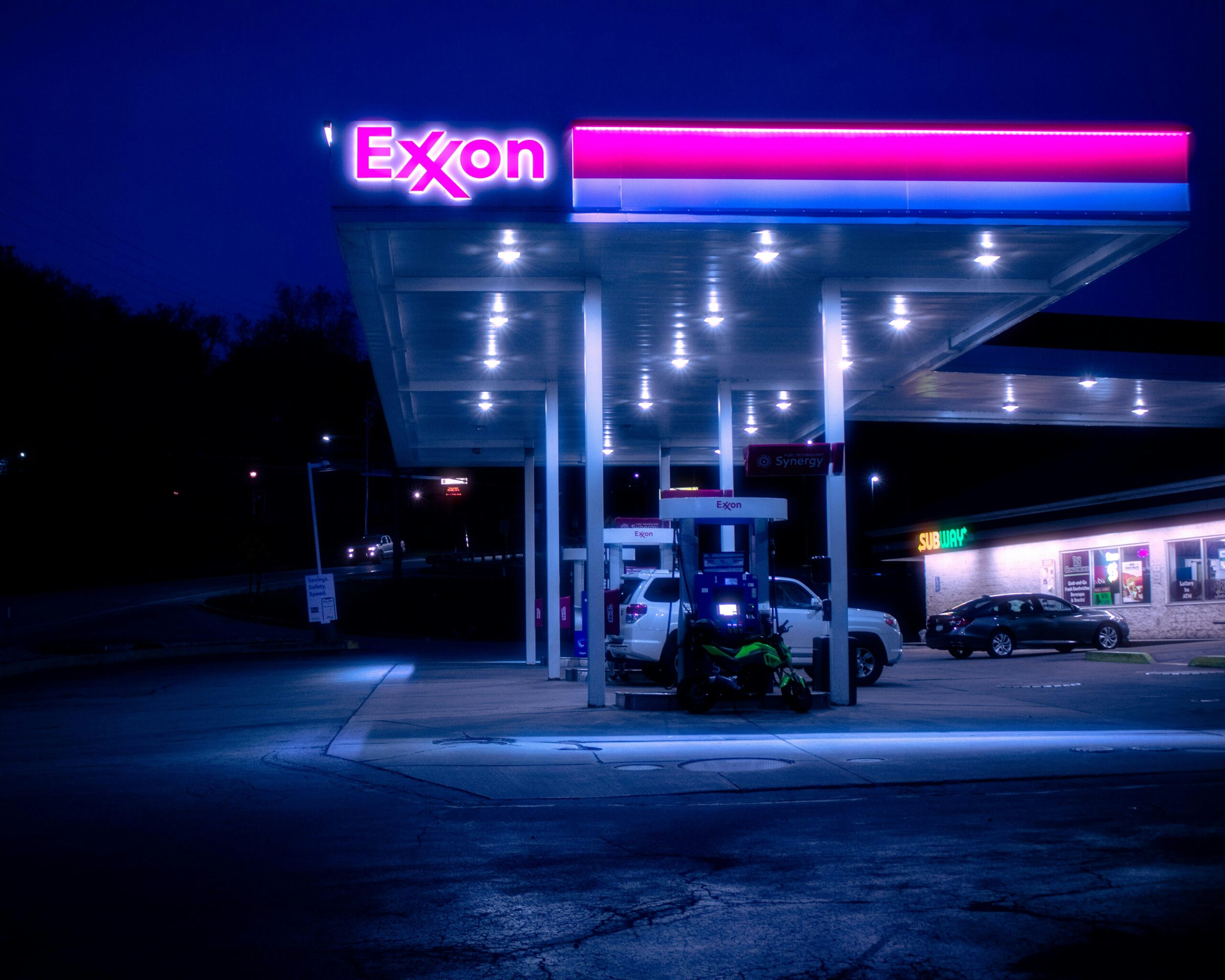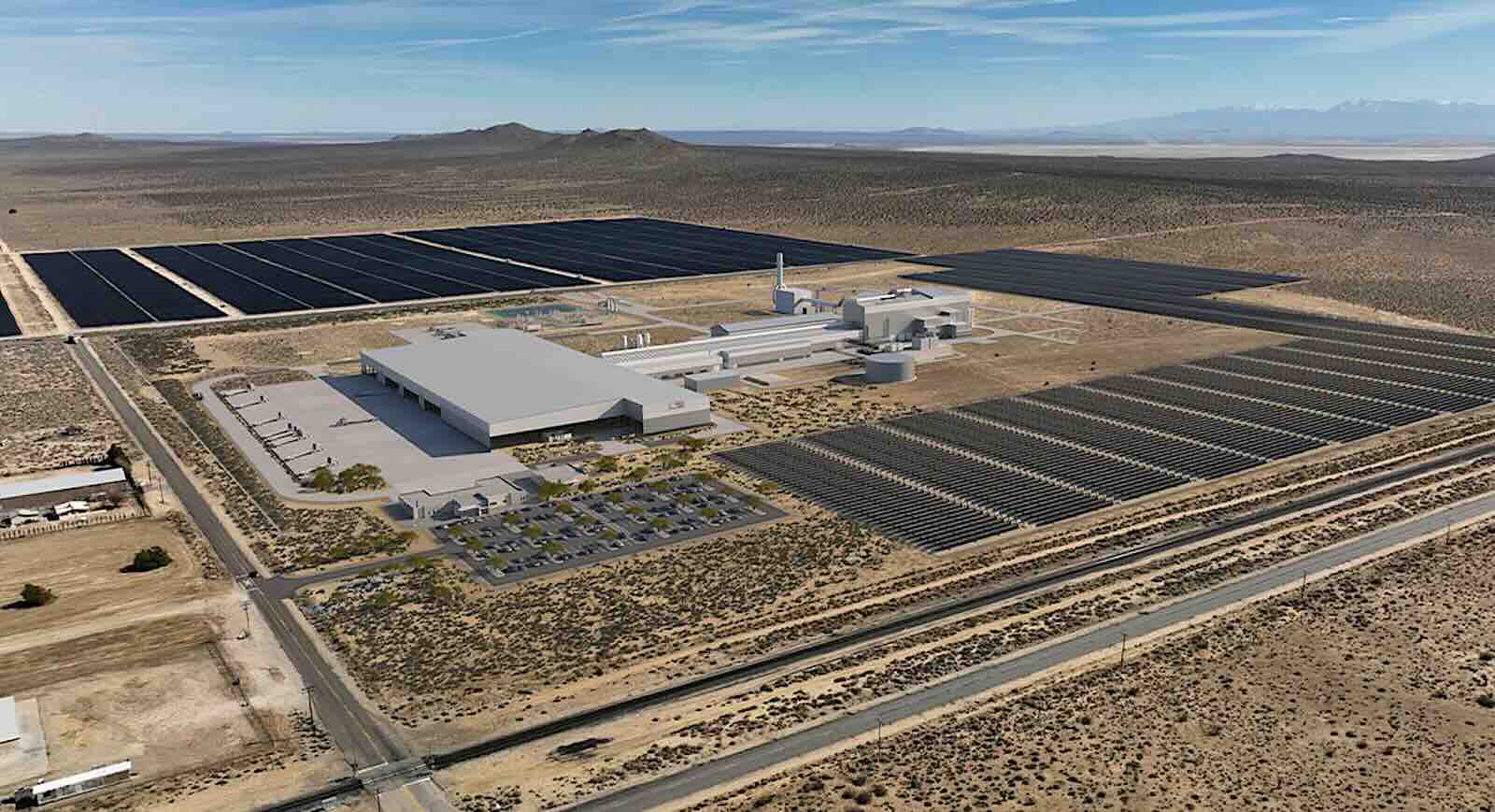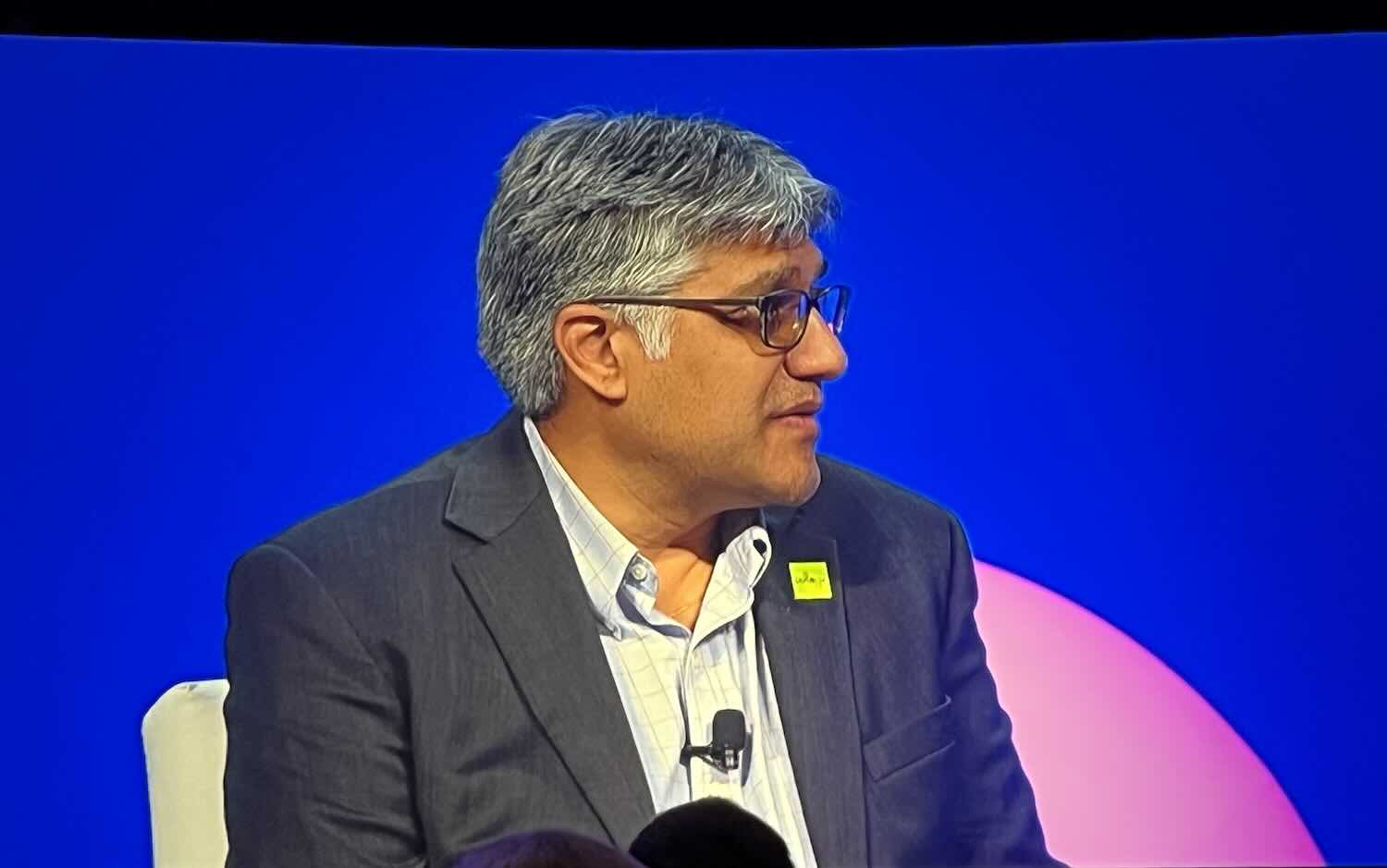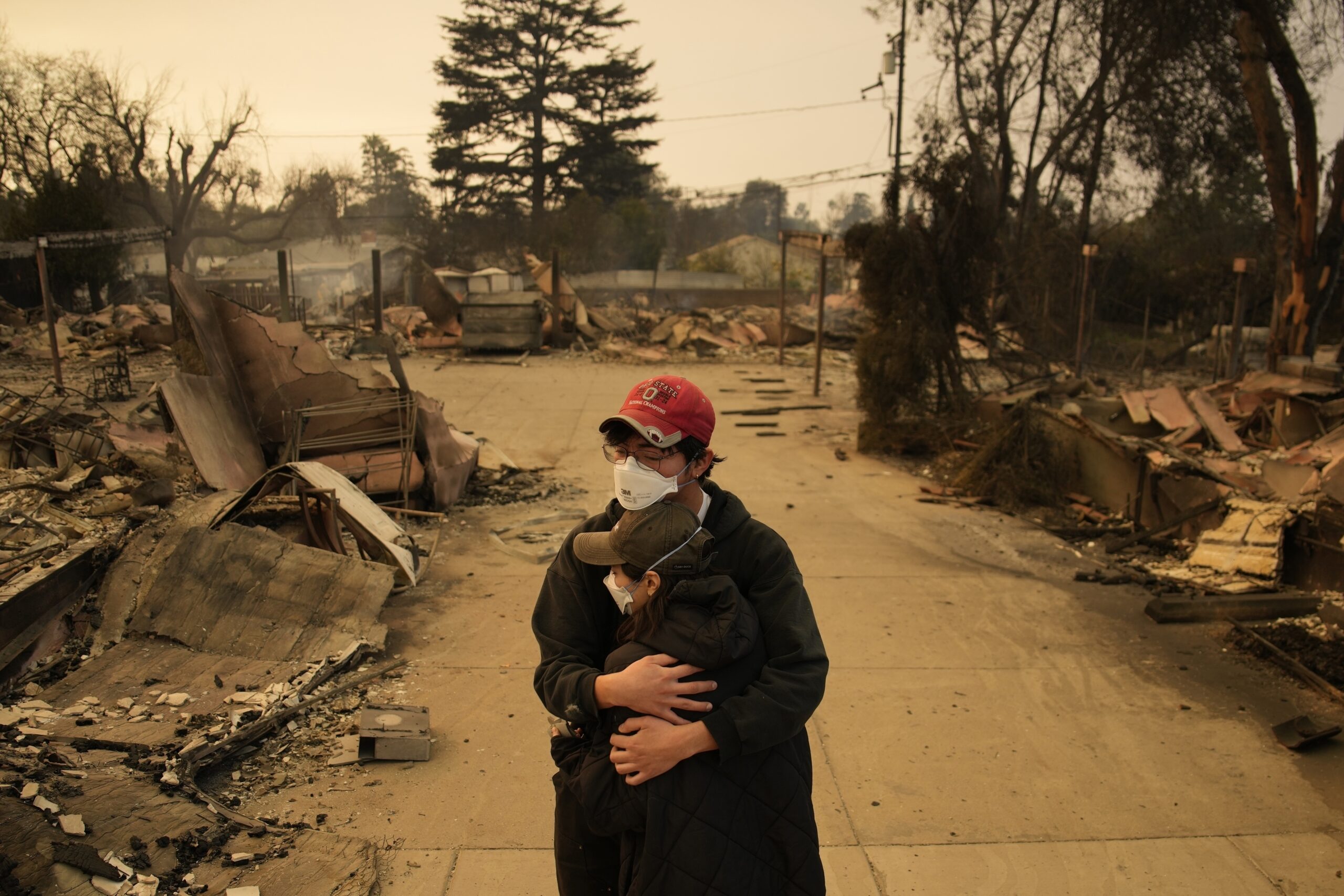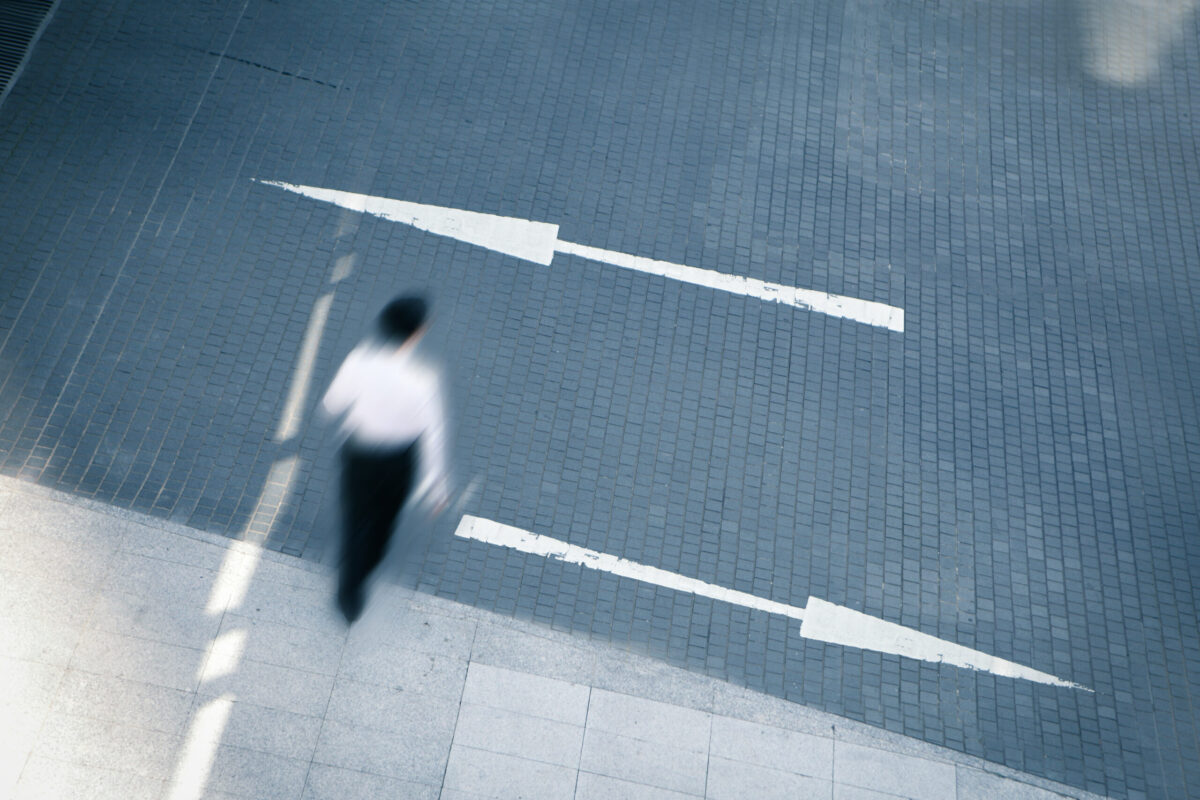Editor’s Note: On this International Women’s Day, we’re pleased to share important moments in the lives and careers of five women in impact investing, in their own words. The stories are excerpted from “The Social Justice Investor: Advance Your Values while Building Wealth,” by Andrea Longton. Pre-order the book and RSVP for the April 23 launch party at LISC’s headquarters in New York.
When I returned home from a week in Fiji, I expected to be jet-lagged and up at all hours as my body readjusted to life in San Francisco. Awake in the middle of the night, I unpacked my bags and settled into my pillows to post envy-worthy photos of my incredible trip. Mid-post, I was shocked to read a breaking news alert about the dam in Oroville, my tiny hometown in rural northern California.
I stared at my phone, unable to process the words that appeared on its screen.
“Oroville dam risk: Thousands ordered to evacuate homes.”
My hand froze. Even as my eyes were trapped on the screen, the words blurred and my godmother’s face floated to the top of my mind. Her house was in the direct flood path if the dam burst.
Clyme was the godmother who became a second grandmother to me. Growing up in the Southside of Oroville, Clyme was a bright light in our poor and segregated Black community. She was the one who taught me our town’s history. How it was established around the major dam that was built there starting in the 1930s. How Black families migrated to Oroville from the American South for high-risk jobs building the dam. How the Black families building the town’s physical and economic infrastructure were only allowed to live and buy homes in the Southside, the neighborhood with the highest risk for flooding from the very dam they were risking their lives to build.
Like many rural towns, unemployment in Oroville was very high. Good jobs were hard to come by and even harder for women. My community, with families primarily led by Black women, was chronically poor. Our community suffered from the kinds of problems that come from chronic resource deprivation. Growing up, my family was homeless multiple times and our neighborhood was not a safe or nurturing place for children to grow up.
But now that the dam was threatening to wash away the town, all I could think about was my godmother, whose arms had held me close during the hard times.
Still holding my phone, I blinked to reality when my home screen went dark. I jumped out of bed and started pacing my living room.
My mind was a frantic swirl of questions and panic. Should I drive home? Is my family safe? Can I help?
I wouldn’t arrive for at least three hours and even then, I’m not sure if I would be a help or a hindrance.
I decided to get more information first. I finally clicked the news alert and read more about Oroville’s evacuation.
Traffic was one-way only: out. Out of town and out of harm’s way.
I dropped my keys on the counter and sank down on my couch.
Fear, sadness, and anger rolled over me in waves.
With the racism, poverty, violence, drugs, and collective misery of the Oroville Southside where the Black folks were ghettoed, I had very mixed feelings about the idea of my childhood hometown being swept away.
Maybe all that water would wash away the pristine lake homes we were never allowed to enter, the town’s long history of White supremacy and bloodshed, or my grandmother’s back yard littered with my aunt’s used needles and her discarded, shoeless children.
But, my godmother Clyme’s front yard, the only safe place in my childhood world, would also be wiped off the map.
Grief welled within me.
“This can’t be happening,” I thought miserably. “How did this happen?!”
The live news coverage filled in the gaps. I sat on my bed for hours, watching and listening to reports on the cause of the catastrophic infrastructure failure.
Extreme weather fluctuations had stressed the aging infrastructure to a breaking point.
According to that evening’s news anchors, officials expected a 30-foot wall of water to erase Oroville’s Southside, just as the town’s designers knew it would if ever the dam were to fail.
Now anger swelled.
Just as the residents of the 9th Ward saw during Hurricane Katrina, the poor Black neighborhood was the residential part of town with the greatest risk of flooding.
Once again, climate change hit the poorest, most marginalized communities first and hardest. And no one seemed to care. It was as if we as a society were willing to accept devastating losses of entire communities of people. Society was willing to devalue our existence because we were Black. Our lives were disposable.
I am not “okay” that certain populations take all the hits.
In that moment, watching Southside residents fleeing for safety, leaving their homes and community in the middle of the night, my grief and anger and sadness all rolled into a realization that transformed my understanding of social justice.
As a Black woman living in America, I never perceived climate justice as a priority issue. I figured that if Black and Brown people were killed by police before they reached adulthood, what did it matter if the Earth didn’t last another 100 years?
In February 2017, while frantically tracking down friends and family, I realized that Black and Brown families would continue absorbing the hardest hits until we prioritize them and build a world where they are safe from climate change.
In that moment, I realized that climate justice is social justice, especially when the most vulnerable people become society’s ultimate risk absorber. Climate justice is social justice when Black and Brown families are intentionally placed in the path of catastrophic environmental damage, as they so often are.
Thankfully, the Oroville Dam only partially collapsed. The Southside is still there. Clyme’s yard remains as the physical connection to my own history. My friends and family escaped the severe flooding.
Even after news crews moved on to cover other stories, my work fighting for social justice and climate justice didn’t end. It was only beginning.
Rachel J. Robasciotti is the CEO and Founder of Adasina Social Capital, an investment and financial activism firm that serves as a critical bridge between financial markets and social justice movements.




